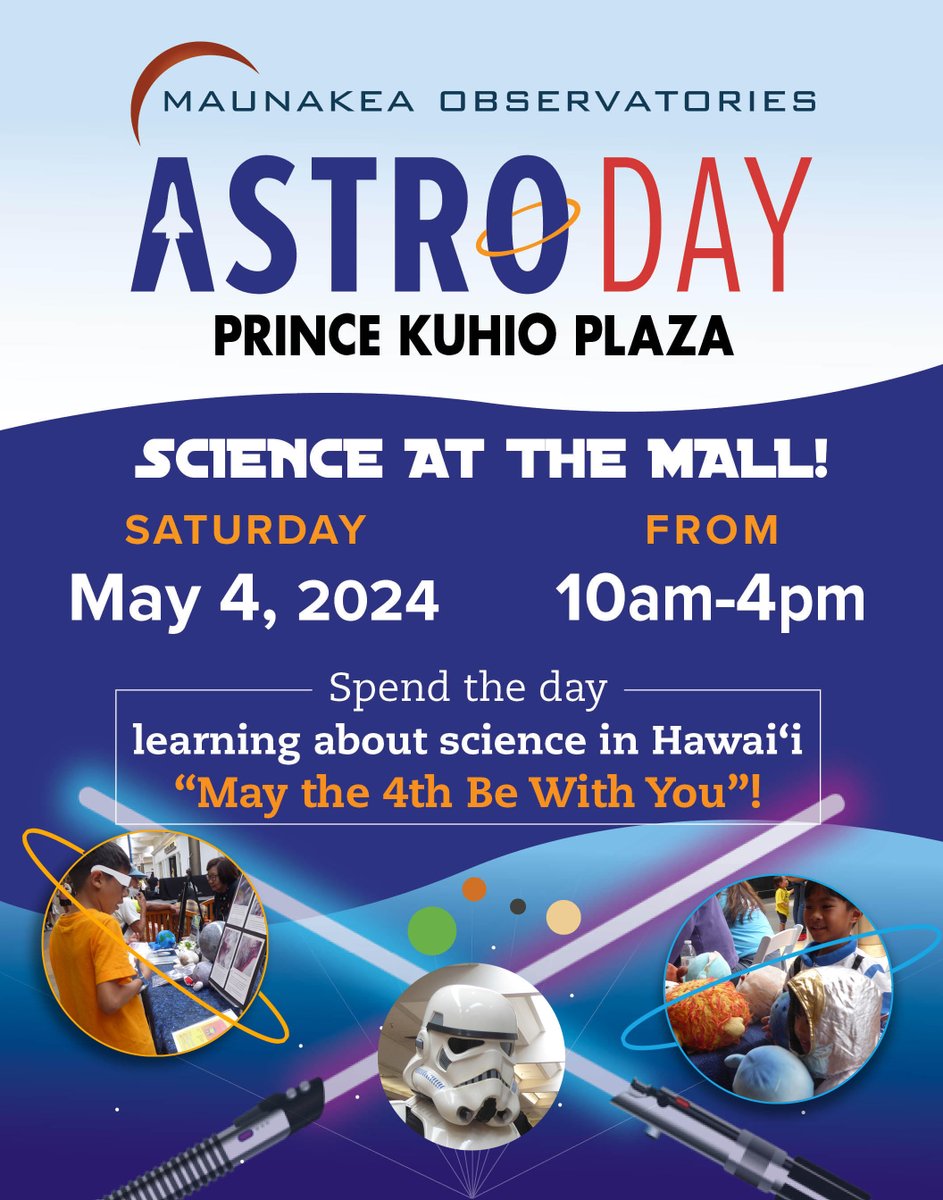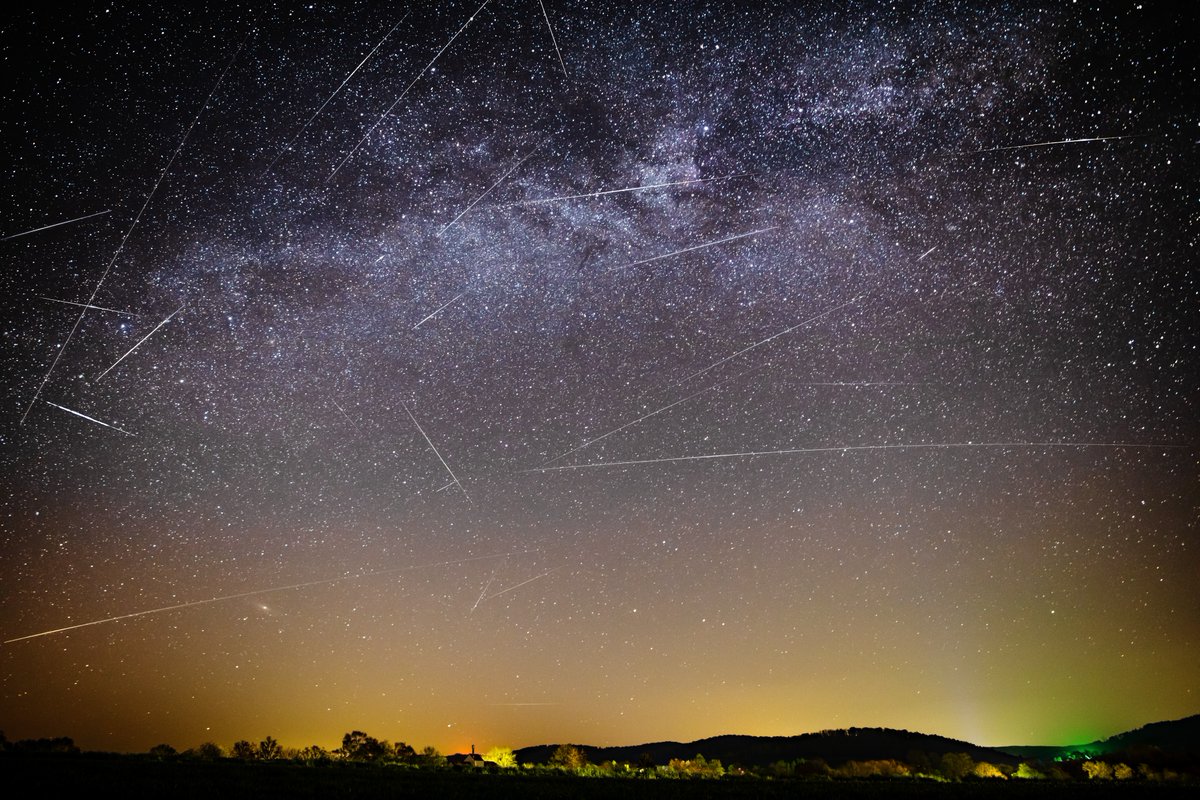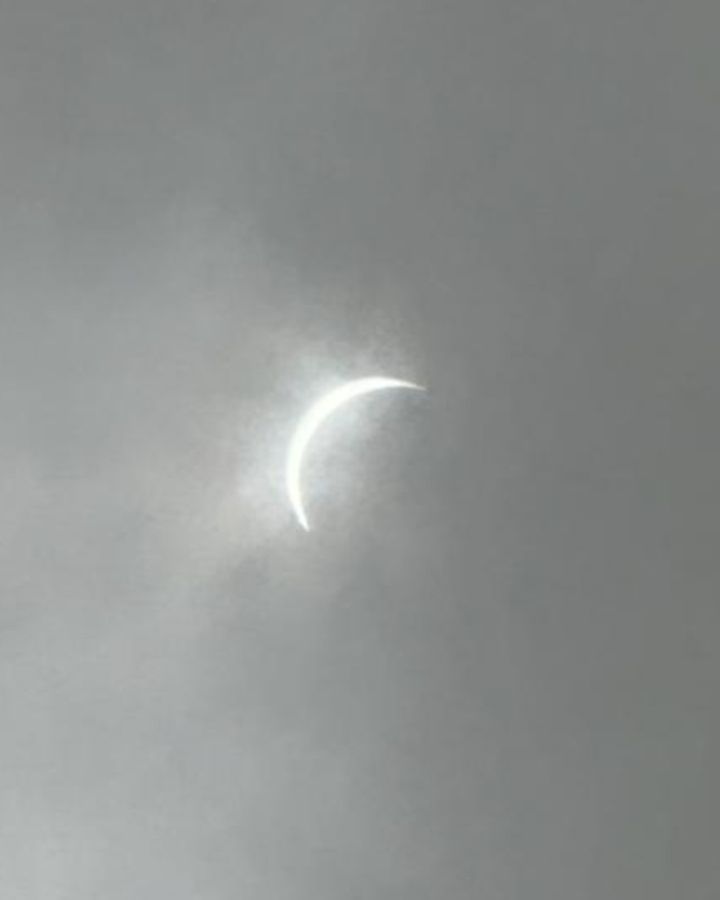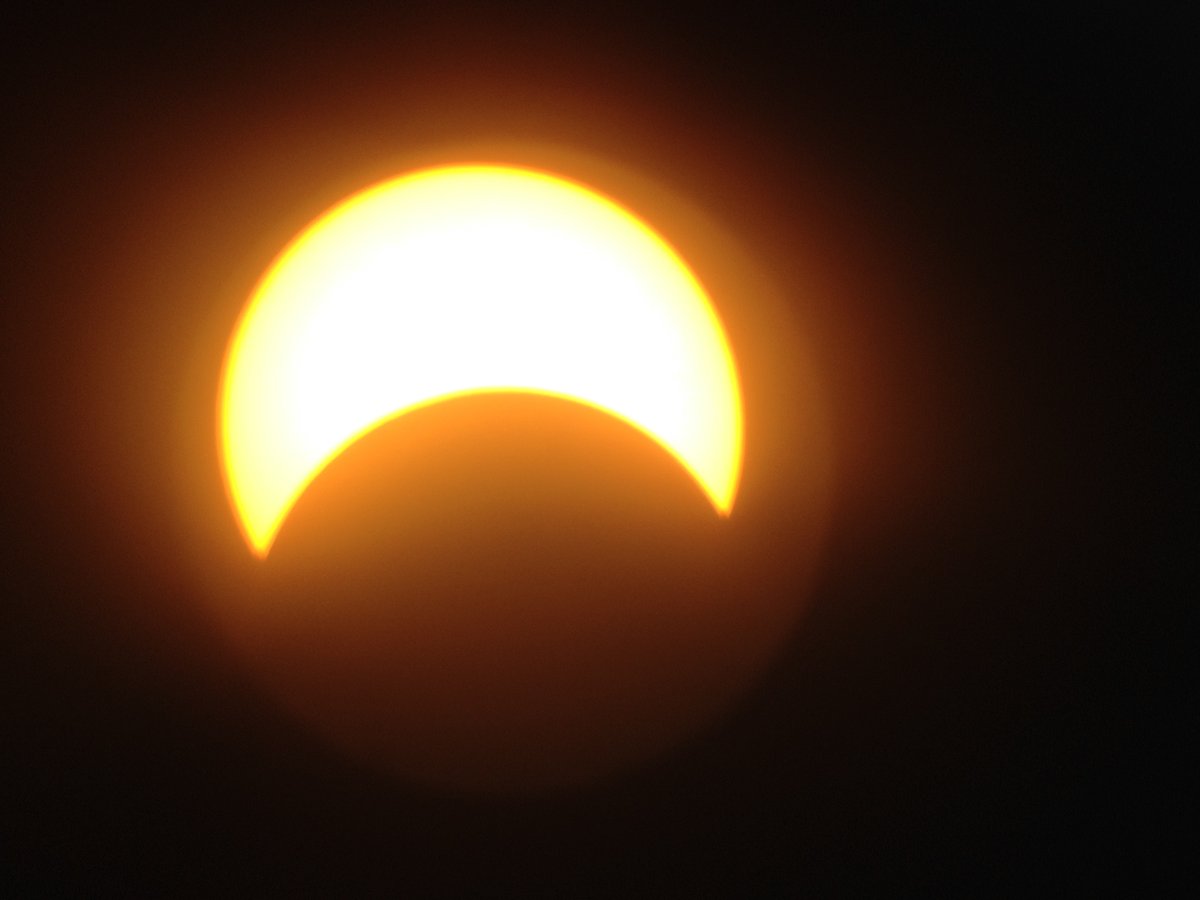
TMTHawaii
@TMTHawaii
TMT is a next-generation observatory committed to supporting community-based astronomy through respect, inclusion and community stewardship.
ID:66427771
https://www.tmt.org 17-08-2009 17:45:57
3,2K Tweets
6,7K Followers
1,2K Following

#AstronomyPictureoftheDay
Captured by radio telescopes worldwide in the Event Horizon Telescope Collaboration, this image reveals curved lines indicating polarized light emitted from magnetized gas swirling around the 4+ million solar mass black hole.
Image: EHT Collaboration





#AstronomyPictureoftheDay
During last month's solar eclipse, two comets made a rare appearance near the Sun. While Comet 12P/Pons-Brooks was fainter than expected, Comet SOHO-5008 made a surprise appearance.
Image Credit: Lin Zixuan (Tsinghua U.)




#AstronomyPictureoftheDay
In AM1054-325's encounter with a neighboring galaxy, gravitational forces ignite rapid star formation in its gaseous debris.
Image: NASA, ESA, STScI; Processing: J. English (U. Manitoba)
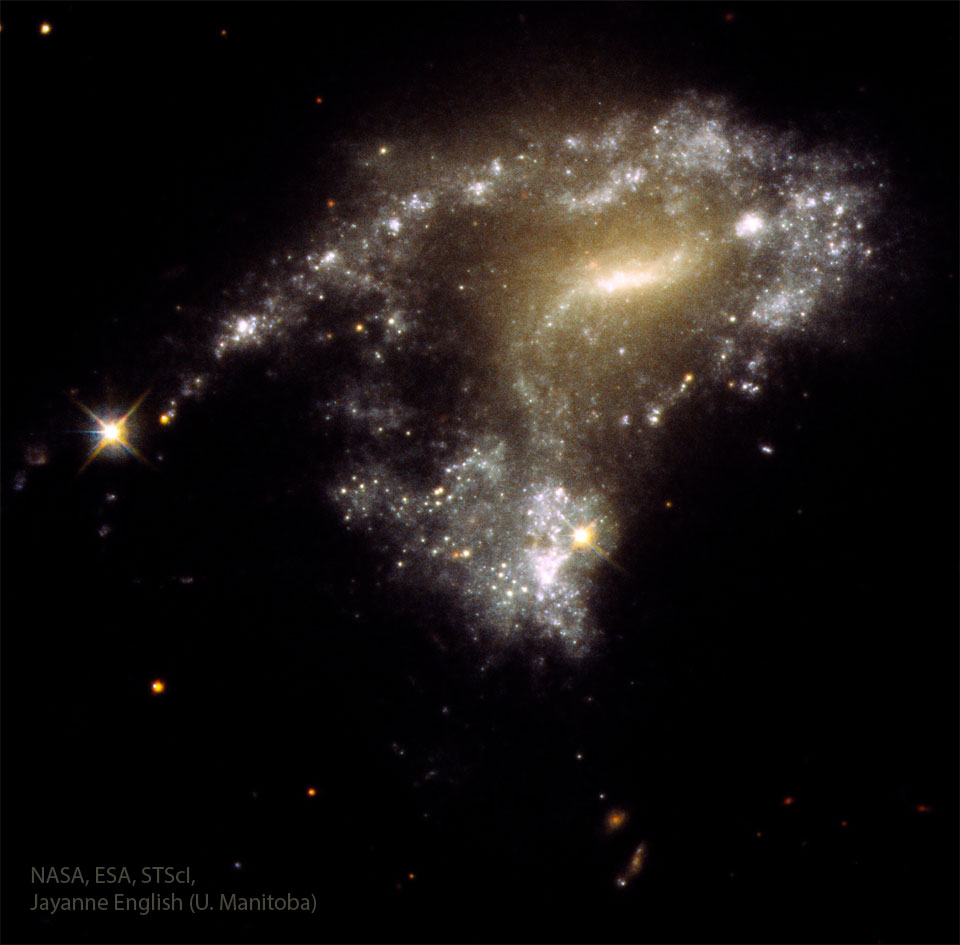




#AstronomyPictureoftheDay
This fast-moving supernova shock wave creates the braided filaments seen in NGC 2736, also known as the Pencil Nebula. Located about 800 light-years away, it's just a small part of the larger Vela supernova remnant.
Image Credit: Helge Buesing
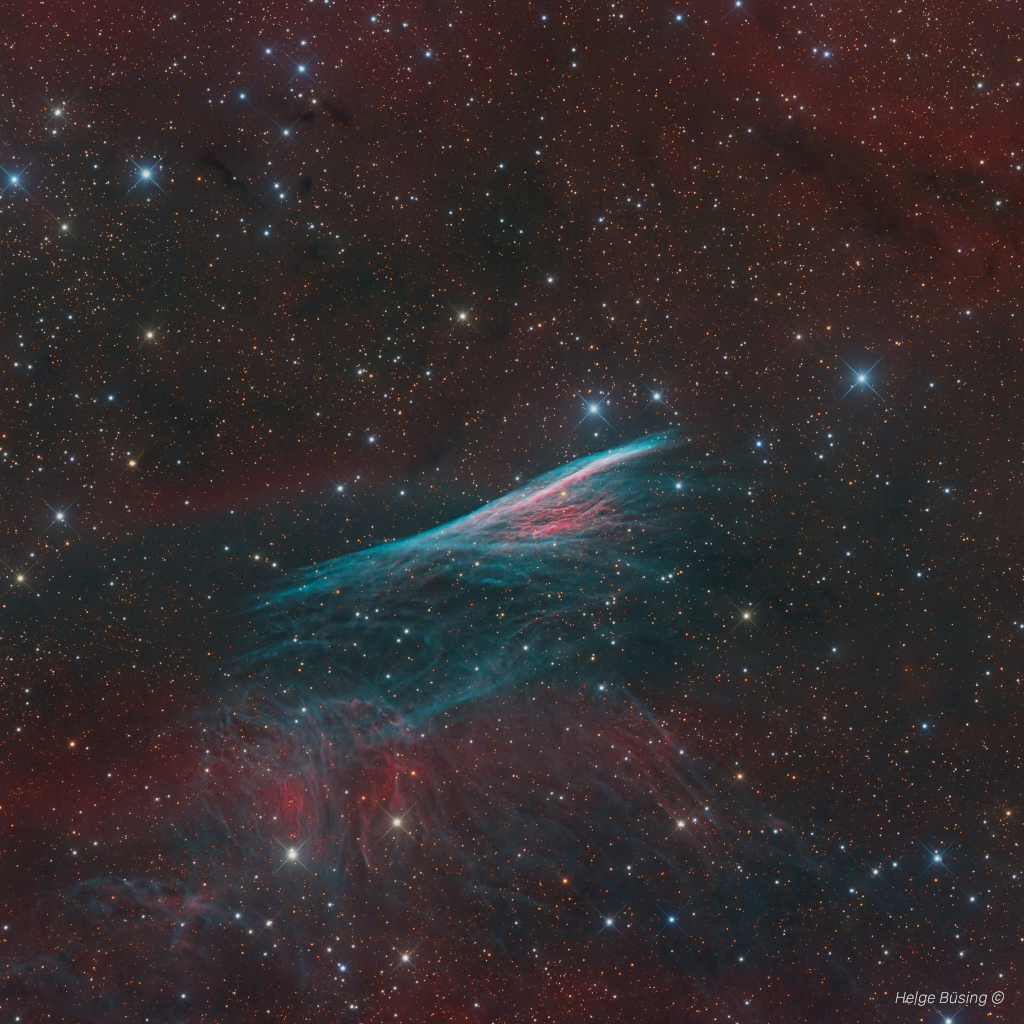


#AstronomyPictureoftheDay The intricate pathways of supernova remnant Simeis 147 are captivating. This sprawling gas structure spans nearly 3 degrees of the sky, equivalent to 6 full moons, near the border of Taurus and Auriga.
Image Credit: Stéphane Vetter (Nuits sacrées)




Astronomer Karen Meech from the University of Hawaiʻi Institute for Astronomy (IfA) has been honored as a fellow of the American Astronomical Society (AAS).
Learn more here: bit.ly/3vTPXoL
#HawaiiAstronomy
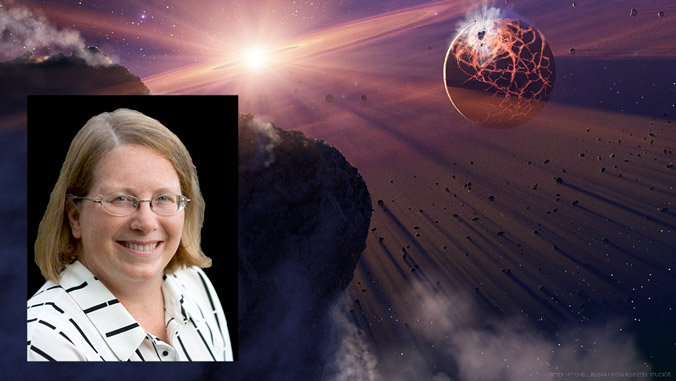



#AstronomyPictureoftheDay
On Mars, a phenomenon occurs where the two moons, Phobos and Deimos, occasionally eclipse each other.
Video Credit: ESA, DLR, FU Berlin, Mars Express; Processing & CC BY 2.0 License: Andrea Luck bit.ly/43IJsSw




